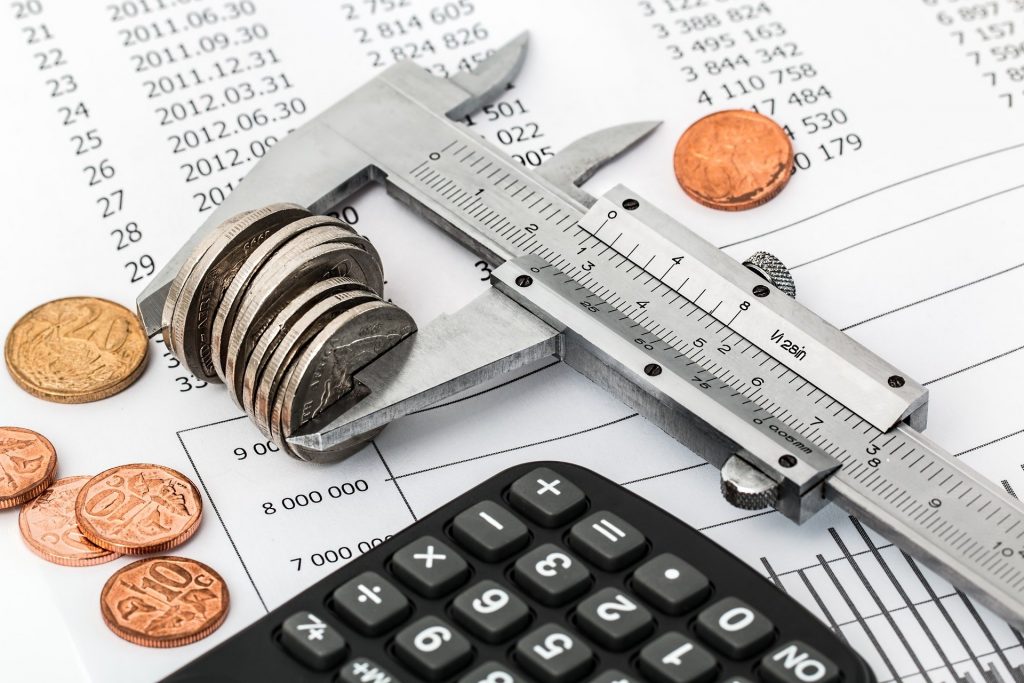Time for that Estimated Payment

We got a little delay, but here it comes again: time to make your tax estimated payment.
2020 is an extra special year for so many reasons, and the estimated payment calculation is no exception. The payment dates were pushed back from April 15 and June 15 to July 15. So you had more time. And you might owe a bigger pot of money with the two quarters combined. Or, unfortunately, a smaller pot.
Either way, let’s dig in.
Estimated Payment Background
The government has expenses all year round, and they want your money as soon as they can get their hands on it. If you get a paycheck, they get it through your estimated tax withholding (which have a fascinating background on their own to tax and economist nerds like me).
For most small (and large) businesses, though, there’s no paycheck to withhold from. So instead they demand that you pay your money in quarterly based on approximately how much you’ll make by year end. If you don’t, it’s penalty time.
Figuring Out Your Payment
That whole “how much you’ll make” can be tricky for quite a few people. Unless your business is amazingly steady, it’s hard to know on April 15th, June 15th, or even September 15th how well your business will do through December 31st. How, then, are you supposed to make a good guess into your tax payment?
Well, like much of tax, there’s two ways to do it: an easy way and a hard way.
The Hard Way
Do you like calculations? Then this method is for you!
There’s a plethora of ways to try to figure out how much money you’ll earn during a year, but a popular method for those who don’t want to do advanced forecasting is annualization.
So if I’m figuring how much taxes to pay by July 15th, I’d figure out my net income through June 30th. Then I’d project how much money that would make me if I earned a similar amount through December 31st.
I’d figure out taxes owed on that full year projected number. Then divide it by the quarter I’m currently in.
This, like so much of math, is better explained with an example.
Example
Singer Songwriter Twisted Tunes (not her birth name) had a crazy pandemic. Her shows were down to zero (so sad) but she spent that time pushing her wares digitally, almost making up the difference. Through June 30th, she netted $30,000.
To figure out how much taxes she’ll pay on July 15th, she’d multiply her earnings by 2 (since June 30th is halfway through the year, the annualization method would assume she’ll make the same amount in the second half of the year).
So $30,000 x 2 = $60,000.
Ms. Tunes has a flow through business, something I haven’t touched on in this blog yet, but very common for independent contractors and sole proprietors. To make things easy, let’s say her estimated deductions get her to $40,000 taxable income.
Sticking that through a tax rate calculator would get her to approximately $4,600 Federal income taxes and approximately $5,800 Self Employment Taxes, for a total estimated taxes of $10,400 Federal taxes for the year.
And, yes, approximate is fine for quarterly payments.
Since she’s only halfway through the year, she’d then divide that number by 2, then pay that to the Feds. So $5,200 for her July 15th payment.
Twisted Tunes would go through the same calculation for her state taxes.
Uneven Earnings
This calculation causes problems if your earnings are super uneven during the year. Like with our example with Twisted Tunes, if she made $100,000 in the second half of the year, this would lead to complications with the IRS.
(If she made $0 in the second half, Ms. Tunes would be significantly over-payed, but the IRS wouldn’t care. Those vondrukes.)
See, the IRS likes to take the amount of taxes you report at the end of the year and divide by four. That’s how much they expect per quarter. This, of course, is impossible for you unless you have a time machine.

Fortunately, you can do an EXTRA calculation at tax filing time to prove to the IRS that your income was uneven to get out of paying penalties. But it makes things even more complicated.
The Easy Way
Have I scared you out of going through that calculation? Okay, I have a much easier way for you.
Take your prior year taxes, divide it by 4, and pay that amount in each quarter this year.
For the special July 15th payment, if you didn’t pay a first quarter payment, you’d divide by 2 instead.
NOTE: It’s 110% of prior year taxes for those making over a certain amount, which is around $150,000 for most people (potentially subject to change, so let me know if you want the exact number).
This is obviously a much easier calculation. But if your income goes way down between years…like, say there’s a pandemic that knocks out a whole ton of your income, then you’ll end up overpaying. Potentially by a lot.
If that’s the case, you might be stuck with the hard way.
Penalties
Penalties suck. But fortunately the underpayment penalties for this whole estimated payment thing aren’t too onerous. I’ve had plenty of clients who are so averse to figuring out their estimated payments that they just throw in a “close enough” amount knowing they’ll have to pay a small penalty.
Plus, there’s an exception to paying the penalty for “the failure to make estimated payments was caused by a casualty, disaster, or other unusual circumstance”. 2020 is all unusual, so maybe that’ll get you out of penalties.
Though that might not hold up with the IRS. If you’re able to pay, I certainly wouldn’t bet on it.





